Vikings famously invaded Eastern England around 900 A.D., notes Shane McLeod of the Centre for Medieval and Early Modern Studies at the University of Western Australia in the Early Medieval Europe journal, starting with two army invasions in the 800's, recounted in the Anglo-Saxon Chronicles. The Viking invaders founded their own medieval kingdom, 'the Danelaw', in Eastern England.
"There is some archaeological evidence for early Norse female settlement, most obviously oval brooches, but this evidence is minimal. The more difficult to date evidence of place names, personal names, and DNA samples derived from the modern population suggests that Norse women did migrate to England at some stage, but probably in far fewer numbers than Norse men," begins the study.
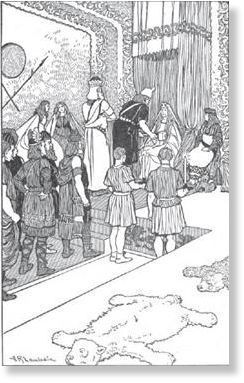
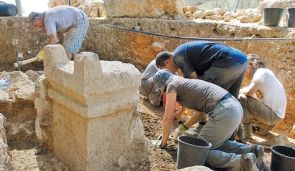
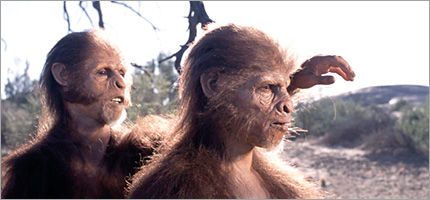
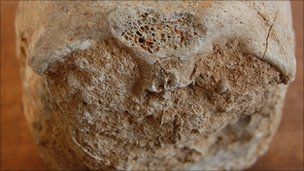
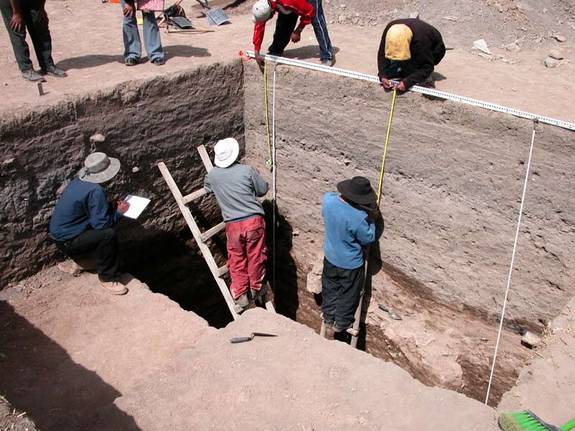
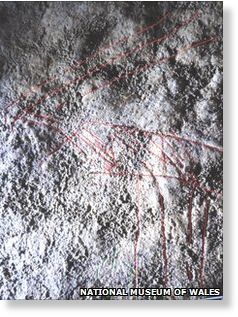
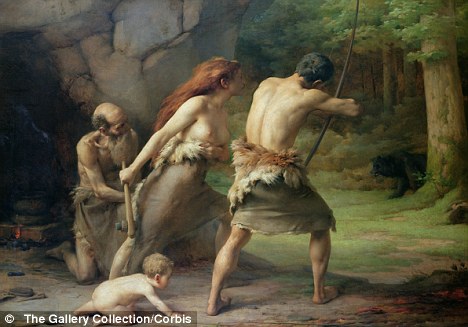
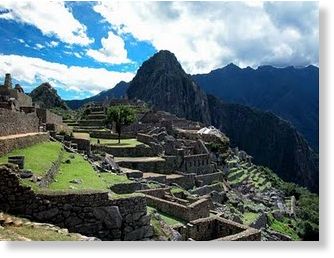
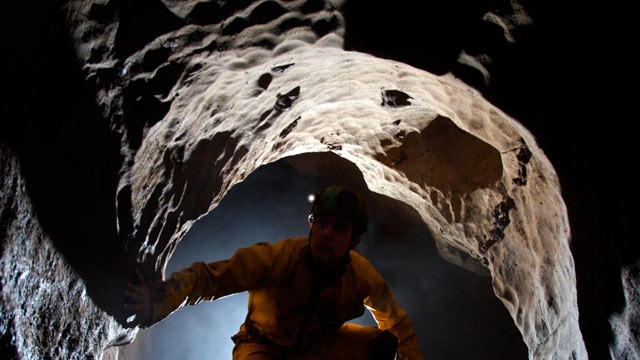
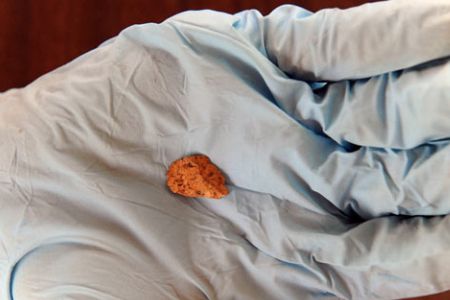



Comment: The entire enterprise of 'archaeology' in Israel is geared towards one thing only: corroborating a mythological timeline that was invented in recent times to justify Zionism and its murderous goals. Here is a book review of one of Israel's top academics whose research says exactly this:
Book Review: The Invention of the Jewish People